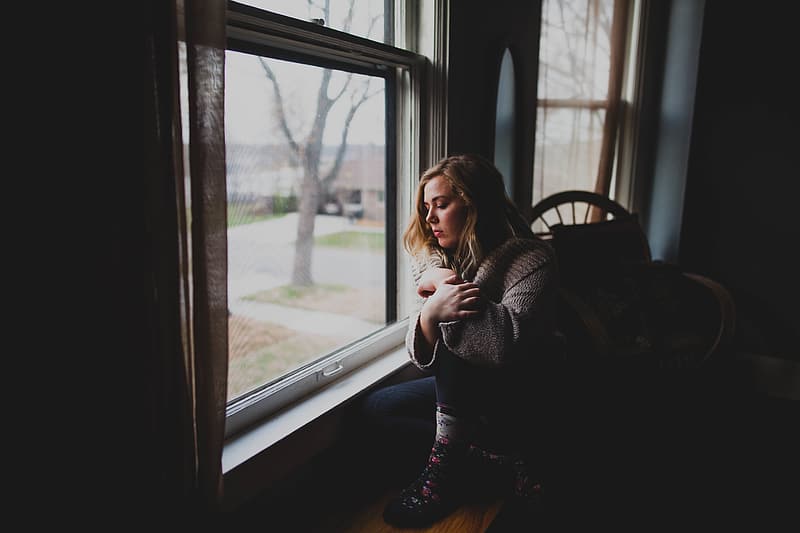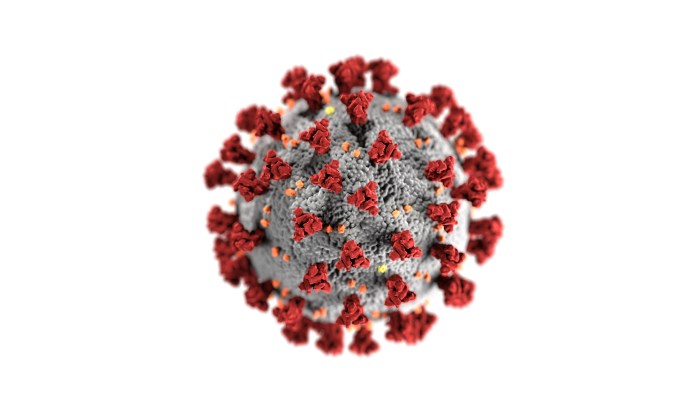The novel coronavirus (COVID-19) is still top of mind for many New Yorkers as the illness continues to spread throughout the state and U.S. We’re in a different situation than from a week ago, and certainly from a month ago.
While the global outbreak may make you feel overwhelmed and scared, it is important to remember that the health risk to the average American remains low, and that the vast majority of cases are mild and do not require hospitalization.
Perspective is key.
COVID-19 is a respiratory illness that is in the same family of viruses as the common cold, Middle East Respiratory Syndrome (MERS) and Severe Acute Respiratory Syndrome (SARS). As testing in the U.S. ramped up, the amount of confirmed cases spiked, all while helping us understand more about this virus. For example, we know the symptoms are similar to the flu and a bad respiratory infection, such as pneumonia.
The novel coronavirus is a new virus and no one has immunity. But you can play a role in helping deter its path. Follow these tips to contribute.
- Stay home
Yes, this is the best remedy right now. Staying home removes the risk of you contracting the illness and spreading it if you already have it. It’s the only option if we truly will get out of this situation.
To further these efforts, more than 10 states – including New York – have followed California’s lead on employing “stay-at-home” restrictions for all non-essential employees. This means you should not be working at your office or regular location unless you work in health care, pharmacies, grocery stores, certain infrastructure entities (utilities, water supply, telecommunications, etc.) and critical manufacturing businesses.
The order also calls to eliminate all gathering of any size. So, please, stay home and enjoy your family.
If you do develop symptoms like fever, cough or difficulty breathing, seek medical attention and call in advance. If you are not experiencing severe symptoms, avoid hospital emergency departments, which are extremely busy this time of year and have been tested with the rise in positive COVID-19 cases needing care.
If you do test positive for COVID-19, but have no symptoms, talk to your health care provider about next steps. Most people will recover if they self-quarantine or self-isolate. Understand what that means and the risk you put on others by leaving your dwelling.
Remember, the first step is calling your primary physician or other health care provider and only those with the most severe symptoms should be leaving home for care.
Again, stay home.
- Practice social distancing
We know COVID-19 primarily transfers from person to person by spreading droplets from coughing or sneezing. If you stand too close to an infected person, you could be in the line of fire. Maintain your distance…from everyone.
Despite the executive order to stay at home, you can still go out for recreation and exercise. And you should. Don’t let the outbreak be detrimental to your physical and mental health.
Run, bike or hike if that’s part of your norm. But whatever you do, make sure it’s solitary. The point of the order is to remove in-person interaction between you and someone else.
If you have to go out to shop, make sure you stay at least six feet away from the next person. This is to ensure your safety and the safety of others.
- Use good hand hygiene (and etiquette)
Good hygiene starts with washing your hands thoroughly with hot water and soap for 20 seconds — about the same amount of time it takes to sing “Happy Birthday” twice.
The duration and mechanical scrubbing are most critical. Not near a sink? Alcohol-based hand sanitizer is a good alternative.
You should also:
- Cough and sneeze into the bend of your elbow.
- Avoid touching your nose, mouth and eyes — coronavirus enters through mucus membranes.
- Avoid hand shakes.
- Wipe surfaces you touch regularly — use an ethanol, hydrogen-peroxide or bleach-based cleaner.
- Avoid sick people — six feet is the typical range of droplet transmission from coughs and sneezes.
For more expert insights into the coronavirus (COVID-19), visit northwell.edu/prepared.
Robert Glatter, MD, is an emergency department physician at Lenox Hill Hospital. He’s also an assistant professor at the Donald and Barbara Zucker School of Medicine at Hofstra/Northwell.



























